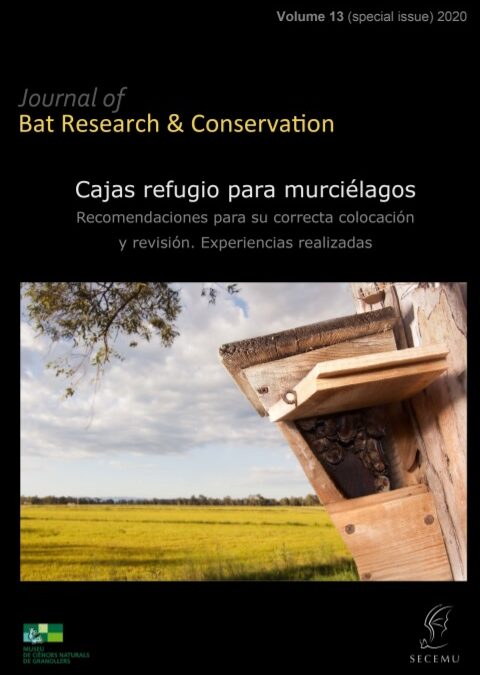 There is an ever-increasing interest in bats, their biology, diversity and conservation. Conservation organizations, public administrations and landowners frequently carry out actions to encourage the presence of these valuable natural pest controllers. Since bats do not build shelters, they depend entirely on their availability in the wild, and in many cases, the lack or absence of them is a limiting factor on their populations. For this reason, numerous bat boxes have been installed in different places in recent years, and at the same time many questions have arisen about how and where to place them, or which models are the most suitable.
There is an ever-increasing interest in bats, their biology, diversity and conservation. Conservation organizations, public administrations and landowners frequently carry out actions to encourage the presence of these valuable natural pest controllers. Since bats do not build shelters, they depend entirely on their availability in the wild, and in many cases, the lack or absence of them is a limiting factor on their populations. For this reason, numerous bat boxes have been installed in different places in recent years, and at the same time many questions have arisen about how and where to place them, or which models are the most suitable.
Not all bat boxes are equally effective. Their occupation is also influenced by many factors. This special issue of our journal aims to answer these questions, and in the first chapter offers some basic guidelines to improve the effectiveness of these artificial shelters. To complete this information, the second chapter shares 19 case studies from different regions and their results. These trials reflect the diversity of actions carried out in recent years, and the various results obtained depending on the areas and type of bat box installed.

